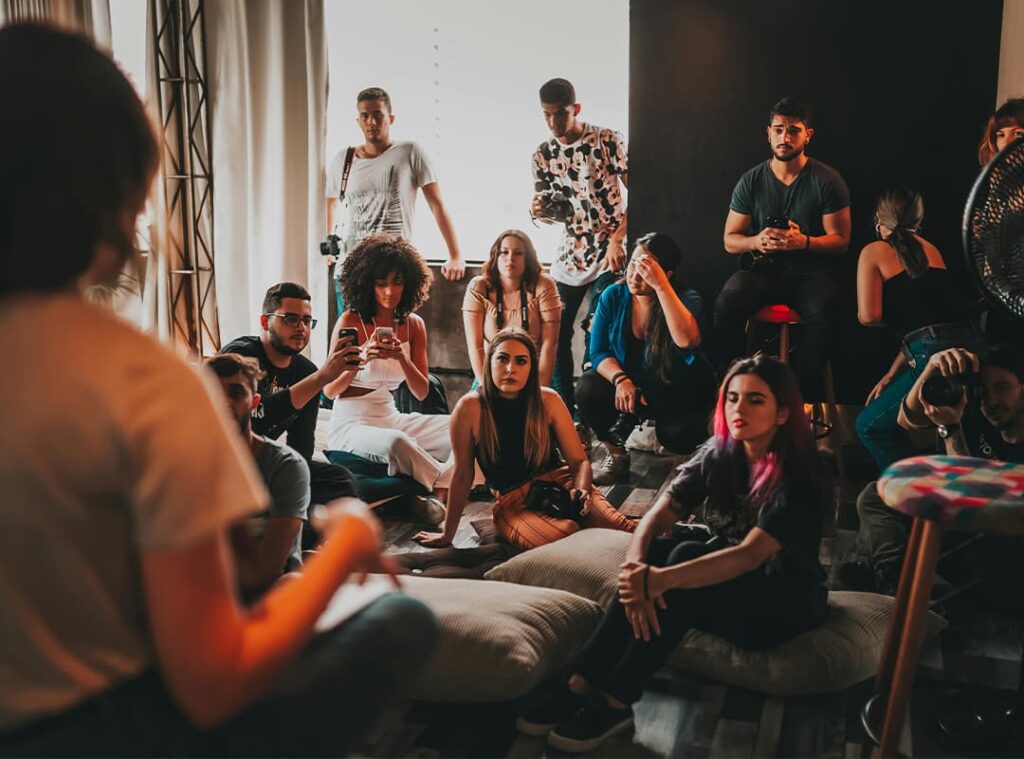Recently at a party, I overheard a Chinese man I know say: “Fear of black people is instinctive.” To support his opinion, he cited the example of Chinese dislike of African students in China despite limited media exposure. The white man disagreed with him, insisting that bias is formed in the learning process. The Chinese man, by the way, had many friends among whites but no black friends.
Sometimes it seems that the preference for white Europeans over black Africans (and black Asians and Australians) has reached global proportions. This mentality is prevalent even outside of places where significant numbers of black Australians/Africans and white Europeans live. Even East Asians, where there are no significant black or white populations, revere whites and vilify blacks. In addition, many Asians value “European” traits such as “high noses,” “oval faces,” and “blond hair and eyes” higher than their own, such as “flat noses” and “black hair and eyes.”
The prevalence of such views easily pushes the theory of “white supremacy,” that is, the superiority of white people is supposedly so natural that even people of color instinctively recognize it and rate different races according to their place on the color scale.
By examining the biases expressed by people in different historical periods, we can see that whites have not been immune to contempt and misunderstanding from Asians either. There is nothing innate or “natural” about Asian perceptions of white superiority. Today’s adoration of whites could easily turn into vilification of whites depending on historical circumstances and the dictates of modern media.
There are many examples in history that show that the perception of one people by another can change depending on the context. At different times and in different cultures, whites have also been discriminated against and negatively perceived. For example, in medieval China, Europeans arriving in the country were often perceived as barbarians. Even Marco Polo faced a lot of prejudice and skepticism in his travels.
Modern media play a key role in shaping perceptions and biases. They can both reinforce and dismantle stereotypes. For example, positive portrayals of black people in the media can help overcome stereotypes and improve interracial relations. At the same time, negative portrayals can deepen bias and discrimination.
Overcoming bias and building solidarity among communities of color is a long and complex process that requires efforts at all levels of society. Only through education, fair media representation, intercultural dialogue and mutual support can we build a world where all races and cultures are valued.
